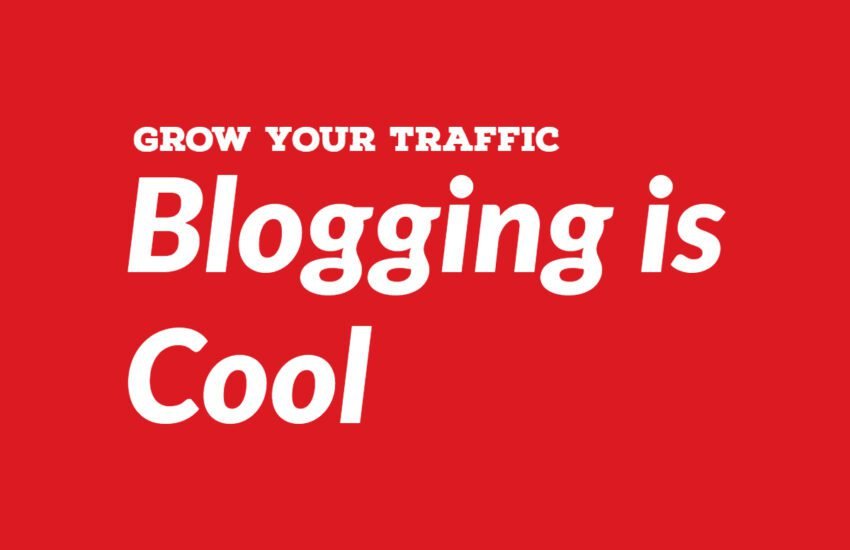The Benefits of Using Infographics in Blogging
What are Infographics?
Infographics are like colorful posters that use pictures, charts, and short bits of text to explain complicated ideas or information in a simple and easy-to-understand way.
They’re kind of like visual cheat sheets! Instead of reading a long article or textbook, you can look at an infographic and quickly understand the main points of a topic. For example, if you’re learning about the solar system, an infographic might show pictures of the planets, their names, and some interesting facts about each one.
Infographics are great for visual learners because they make information more fun and memorable. Plus, they’re easy to share online, so you can find infographics about almost any topic you can think of!
Whether you’re studying for a test or just curious about something, infographics are a helpful tool for learning and understanding complex ideas.
Infographics have become an increasingly popular tool for bloggers to convey information in a visually appealing and easily understandable way.
These eye-catching graphics combine text, images, and data to present complex concepts and statistics in a concise and engaging format.
In this blog post, we will explore why you should consider using infographics, how to create them, and which topics are suitable for this type of content.
Why Use Infographics?
Infographics offer several advantages that make them a valuable addition to any blog:
Visual Appeal
Infographics are visually appealing and grab the attention of readers. By using colors, icons, and illustrations, you can make your content more attractive and memorable.
Easy to Understand
Infographics simplify complex information and present it in a way that is easy to understand. By breaking down data into visual elements such as charts, graphs, and diagrams, you can convey your message more effectively.
Increased Engagement
Infographics are highly shareable and have the potential to go viral. People are more likely to share visually appealing content, which can help increase your blog’s reach and attract new readers.
Improved SEO
Infographics can also improve your blog’s search engine optimization (SEO). When you create high-quality infographics with relevant keywords and alt text, they can attract backlinks and increase your website’s visibility in search engine results.
How to Create Infographics
Creating infographics may seem daunting, but there are several tools and resources available to help you get started. Here are some steps to follow:
Define Your Topic and Purpose
Before creating an infographic, it’s important to define your topic and purpose. Determine the main message you want to convey and identify the key data or information that supports it.
Gather Data and Visuals
Once you have identified your topic, gather the data and visuals you need to create your infographic. This may include statistics, charts, graphs, images, or icons. Ensure that your visuals are relevant and support the main message of your infographic.
Choose a Design Tool
There are many design tools available that can help you create professional-looking infographics. Some popular options include Canva, Piktochart, and Venngage. Choose a tool that suits your needs and offers the features you require.
Create Your Infographic
Using your chosen design tool, start creating your infographic. Arrange your data and visuals in a visually appealing and logical manner. Use colors, fonts, and icons that align with your blog’s branding and style.
Add Text and Labels
Include relevant text and labels to provide context and guide the reader through your infographic. Use concise and clear language to explain the information and highlight the key points.
Optimize for SEO
To improve the SEO value of your infographic, make sure to include relevant keywords in the title, alt text, and description. This will help search engines understand the content of your infographic and increase its visibility in search results.
Suitable Topics for Infographics
While infographics can be used for a wide range of topics, some subjects lend themselves particularly well to this format. Here are a few examples:
Data and Statistics
Infographics are an excellent way to present data and statistics in a visually appealing and easy-to-understand format.
Whether you’re sharing survey results, industry trends, or research findings, infographics can help you communicate the key insights effectively.
Step-by-Step Guides
If you’re explaining a complex process or providing a tutorial, infographics can break down the steps into a visual format. This makes it easier for readers to follow along and understand the information.
Comparisons and Contrasts
Infographics can be used to compare and contrast different options, products, or concepts. By presenting the information side by side, you can highlight the key differences and help readers make informed decisions.
Timeline or History
When discussing a historical event or a timeline of developments, infographics can present the information in a chronological and visually engaging way.
This helps readers understand the sequence of events and the context surrounding them.
Complex Topics
Infographics are a powerful tool for bloggers to present information in a visually appealing and easily understandable way.
By using colors, icons, and illustrations, infographics can grab readers’ attention and make content more attractive. They simplify complex information and present it in a way that is easy to understand.
Attract Backlinks
Infographics are highly shareable, which can increase a blog’s reach and attract new readers. They can also improve a blog’s SEO by attracting backlinks and increasing visibility in search engine results.
Creating infographics may seem daunting, but there are many tools and resources available to help bloggers get started.
Conclusion
Infographics are an invaluable tool for bloggers to effectively communicate complex information to their audience in a visually engaging and easily understandable format.
By condensing lengthy content into concise and visually appealing graphics, infographics capture readers’ attention and facilitate better comprehension of the key points being conveyed.
This makes them an essential component of blogging, particularly in fields where visual representation enhances understanding, such as tutorials, educational content, or data-driven articles. Additionally, infographics are highly shareable on social media platforms, expanding the reach of blog content and attracting new readers.
As such, incorporating infographics into blogging strategies not only enhances the quality and accessibility of content but also contributes to increased engagement, traffic, and overall success of the blog.
By following a few simple steps, bloggers can create professional-looking infographics that effectively convey their message.
Infographics can be used for a wide range of topics, including data and statistics, step-by-step guides, comparisons and contrasts, and timelines or history.
By utilizing infographics, bloggers can enhance their content and engage their readers in a visually appealing and easily understandable way.


